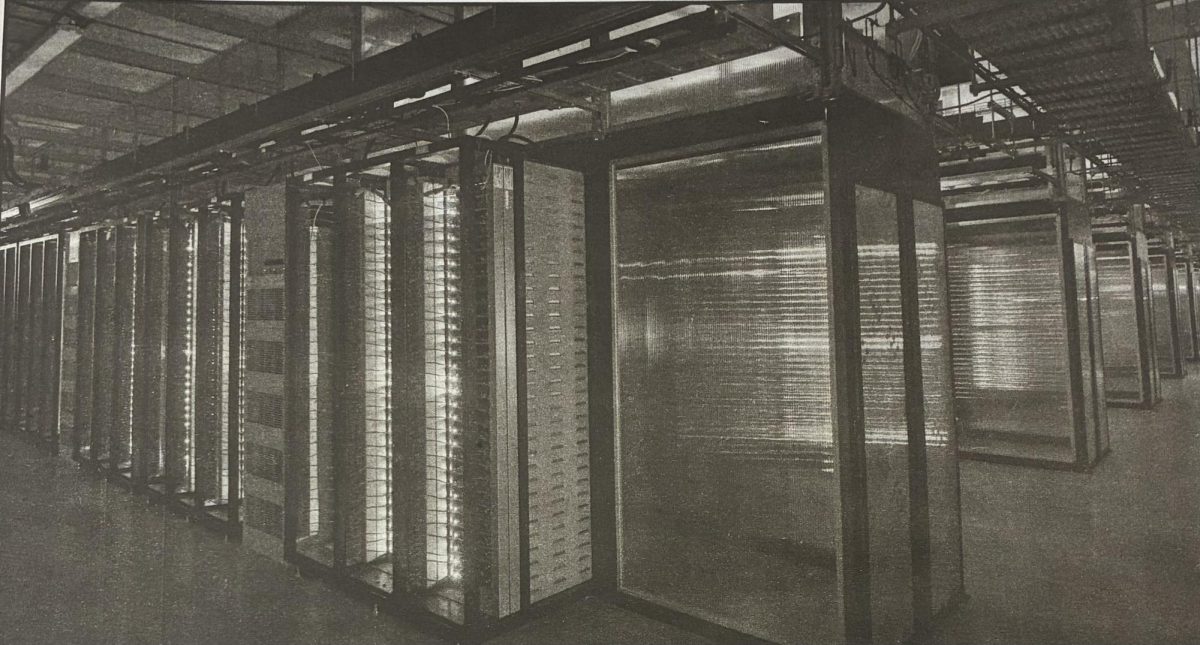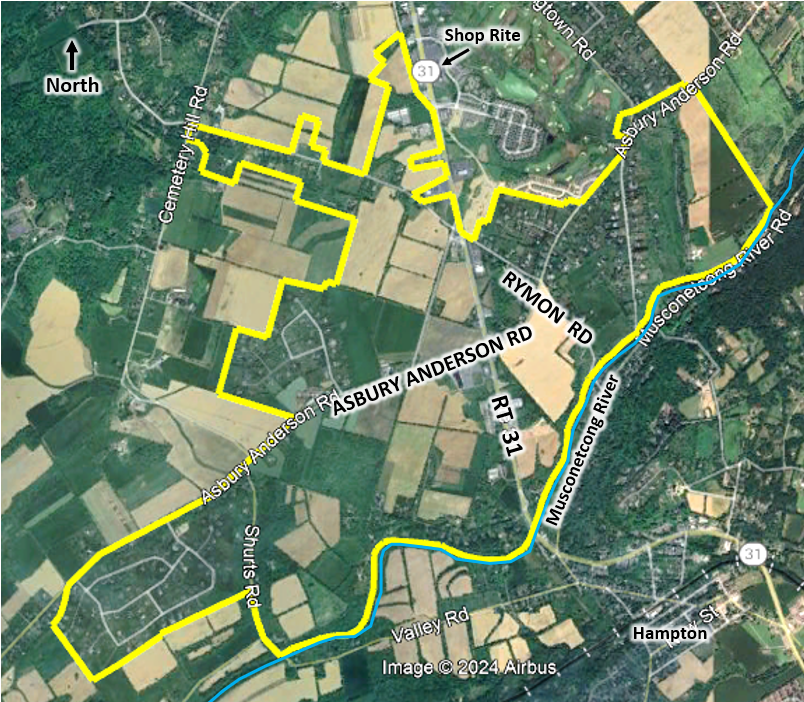Artificial Intelligence (AI) shrouds itself in many secrets. One of its many concealed facts is how AI is actually becoming one of the biggest threats to our environment.
You may be wondering how AI can even compete with something such as air pollution or even climate change. However, it is one of the lead contributors to these issues due to its large carbon footprint. Fossil fuels such as coal and natural gases, which are used to power AI data centers, are all massive carbon dioxide (CO2) emitters.
According to Forbes (based on 2019 data compiled by The University of Massachusetts Amherst), training an AI model emits almost five times the amount of CO2 emissions than U.S. car manufacturing and fuel consumption (626.2 pounds of CO2 versus 126.0 pounds of CO2).
Experts in an article2024 published by The International Energy Agency estimate that electricity consumption from data centres, AI and the cryptocurrency sector, which was hosting about 2% of the global electricity demand in 2022, could double by 2026. These centers will have roughly the equivalent electricity consumption as the entire country of Japan by 2026.
Additionally, another issue with AI is its fresh water consumption. Even though fresh water is renewable because of the water cycle, it is a finite resource due to it consuming water faster than it is naturally replenished.
University of Amsterdam researchers published in The Conservation assert that a single Google search requires half a millilitre of water in energy while ChatGPT consumes 500 Artificial Intelligence (AI) shrouds itself in many secrets. One of its many concealed facts is how AI is actually becoming one of the biggest threats to our environment.
You may be wondering how AI can even compete with something such as air pollution or even climate change. However, it is one of the lead contributors to these issues due to its large carbon footprint. Fossil fuels such as coal and natural gases, which are used to power AI data centers, are all massive carbon dioxide (CO2) emitters.
According to Forbes (based on 2019 data compiled by The University of Massachusetts Amherst), training an AI model emits almost five times the amount of CO2 emissions than U.S. car manufacturing and fuel consumption (626.2 pounds of CO2 versus 126.0 pounds of CO2).
Experts in an article 2024 published by The International Energy Agency estimate that electricity consumption from data centres, AI and the cryptocurrency sector, which was hosting about 2% of the global electricity demand in 2022, could double by 2026. These centers will have roughly the equivalent electricity consumption as the entire country of Japan by 2026.
Additionally, another issue with AI is its fresh water consumption. Even though fresh water is renewable because of the water cycle, it is a finite resource due to it consuming water faster than it is naturally replenished.
University of Amsterdam researchers published in The Conservation assert that a single Google search requires half a millilitre of water in energy while ChatGPT consumes 500 millilitres of water for every five to 50 prompts. Ultimately, technology firms that use water to cool AI data centers will potentially require water withdrawals from around 4.2 to 6.6 billion cubic meters by 2027.
As a majority of these data centers are coal reliant, the cold water used from fresh water reservoirs will be pumped through this system where it absorbs heat from the steam produced by the turbine and burning coal, acting as a “heat-sink” to cool down the steam that would otherwise make the data center hot. As a result, the steam will condense back into hot water and be put back into the same reservoir.
This hot water will be extremely sensitive to the creatures who live in these fresh water spaces as some of them can only tolerate certain temperatures.
Furthermore, these coal-powered data centers will innately have a considerable amount of ash buildup. This ash might be sent back into the reservoir and will contaminate fresh water locations.
Other than cutting back or even eradicating the use of AI, there are many ways to make AI sustainable. Ways such as using renewable or semi-ren energy for AI data centers (solar, wind and hydroelectricity), reducing the data set used to train and create AI, or even just fine tuning existing AI data models could mean saving our resources and our planet.
of water for every five to 50 prompts. Ultimately, technology firms that use water to cool AI data centers will potentially require water withdrawals from around 4.2 to 6.6 billion cubic meters by 2027.
As a majority of these data centers are coal reliant, the cold water used from fresh water reservoirs will be pumped through this system where it absorbs heat from the steam produced by the turbine and burning coal, acting as a “heat-sink” to cool down the steam that would otherwise make the data center hot. As a result, the steam will condense back into hot water and be put back into the same reservoir.
This hot water will be extremely sensitive to the creatures who live in these fresh water spaces as some of them can only tolerate certain temperatures.
Furthermore, these coal-powered data centers will innately have a considerable amount of ash buildup. This ash might be sent back into the reservoir and will contaminate fresh water locations.
Other than cutting back or even eradicating the use of AI, there are many ways to make AI sustainable. Ways such as using renewable or semi-ren energy for AI data centers (solar, wind and hydroelectricity), reducing the data set used to train and create AI, or even just fine tuning existing AI data models could mean saving our resources and our planet.
AI Impacts the Environment
Joshua Torres, Content Editor & Hills Happening
May 19, 2025
Data centers, like one seen above, drain finite resources, making them unfriendly environment. (Photo courtesy of Raw Pixel)






